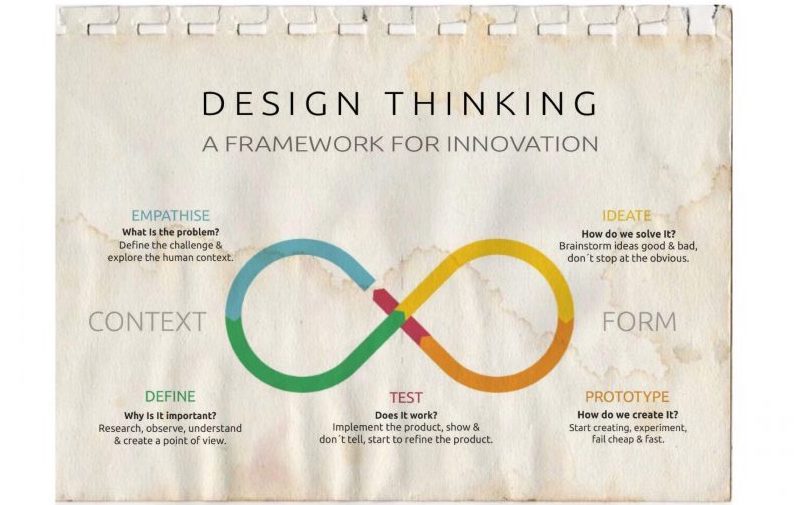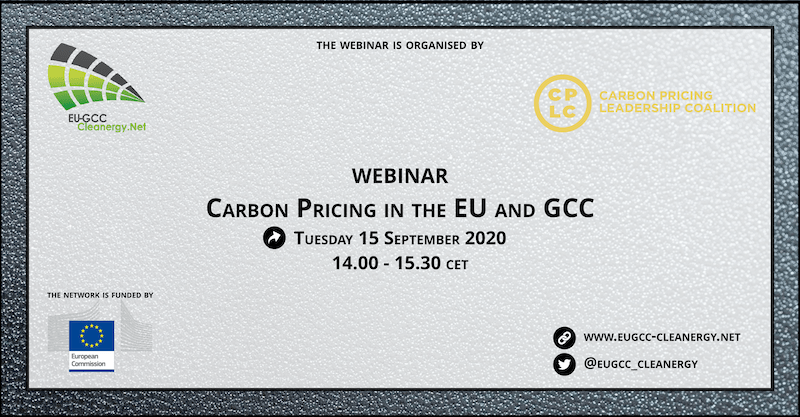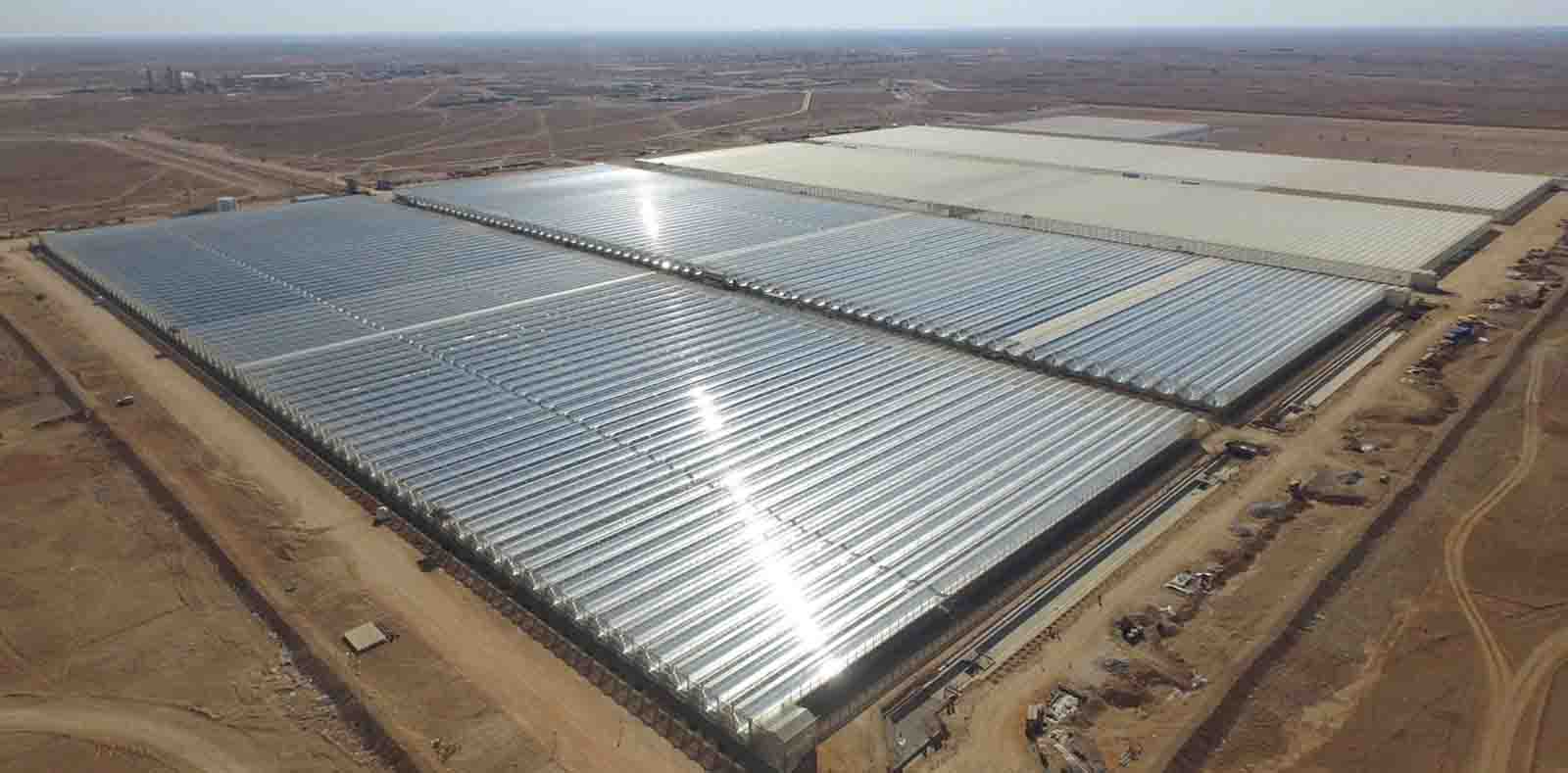The Rise of Sustainable Design in times of COVID ’19
Fashion

June 11, 2020, 6:41 am
By Najia Qazi, Founder and Creative Professional at Sustainable Narrative
Sustainable movement is on the rise in MENA, with growing awareness and the advancement of sustainable practices in the region. Initiatives and road maps have been introduced and continue to be supported in order to understand the current dynamics of sustainability. The “new normal” brings with it the urge to have more collaboration from numerous experts in diverse fields working within a trans-disciplinary approach. As a result, designers and brands have a responsibility to be involved in the whole process from creation to product, by adopting life-cycle solutions, which adapt to how COVID ‘19 is changing our world.
Sustainable design is often given other denominations such as: “green,” “environmentally friendly,” “eco-conscious,” to name a few, where the meaning depends upon the context, situation, and social setting, as well as cultural, environmental, and financial impacts. From project ideation until completion, international or MENA region designers, brands and startups needs to consider how a project’s sustainability strategy will support all three parts of this sustainability equation equally. Focusing on a green economy and preserving resources by creating strategies that enhance performance, and continually learning new techniques to achieve sustainable benchmarks for design practices. Being at the forefront of this exploration of integrating technology, nature, along with the positive and negative environmental impacts that result further in complex subject that must be considered from the earliest stages of every project. I believe a sustainable movement is on the rise in the MENA, with awareness and the advancement of sustainable practices in the region growing. Initiatives, strategies, and roadmaps have been introduced and continue to be supported by governments, whom are mainly focused on the implementation of new green regulations and legislations.
Sustainable thinking: The Transformation of Design (Concept building within Design)
Sustainability is understood as harnessing resources ethically and responsibly without destroying the social and ecological balance, as well as making the right choice for materials, techniques, empowering community projects, and greener design concepts. Sustainable thinking is mainly focused on understanding the bigger picture first before the creative process begins. Therefore, I see sustainable design as a process, which addresses a specific need and problem, combining different forefronts, not only through research but also by focusing on detailed questions. Design, art and fashion consider at the whole, the cycle from earth, to the final product, to the user and their behavioral patterns. Therefore, clarity and transparency may shape and perpetuate ethical and sustainable design as a result. We need to understand that the problems of sustainability are complex and require collaboration from numerous experts in diverse fields working within a trans-disciplinary approach. Designers and brands have a responsibility to be involved in the whole process from creation to product, by adopting life-cycle solutions, which diminish the environmental impact.
Designing for Sustainability: What are the challenges? (For brands/startups/designers/entrepreneurs etc)
The conscious decisions on where, how, when, and who will produce the product adhere to Sustainable design principles. Therefore, Sustainable design considers a holistic, interdependent, and interrelated process. It focuses on efficient and effective solutions that are better for society, the environment, and business. A successful Sustainable design follows careful criteria and considers responding to customers, users, people, market, company, brand, environment, channel, culture, and materials for a healthy outcome within the whole ecosystem. A holistic approach to the impacts of the current industry, where necessary knowledge is advised with the usage of eco-materials, eco-efficiency in production and ethical manufacturing, but also on the consumer relationships with products in the context of sustainable development and finding new ways to create innovative and impact options towards a more sustainable future. Lastly, design itself is the key to this process because its inherent nature will eventually help one another to create a vision for the near future.










